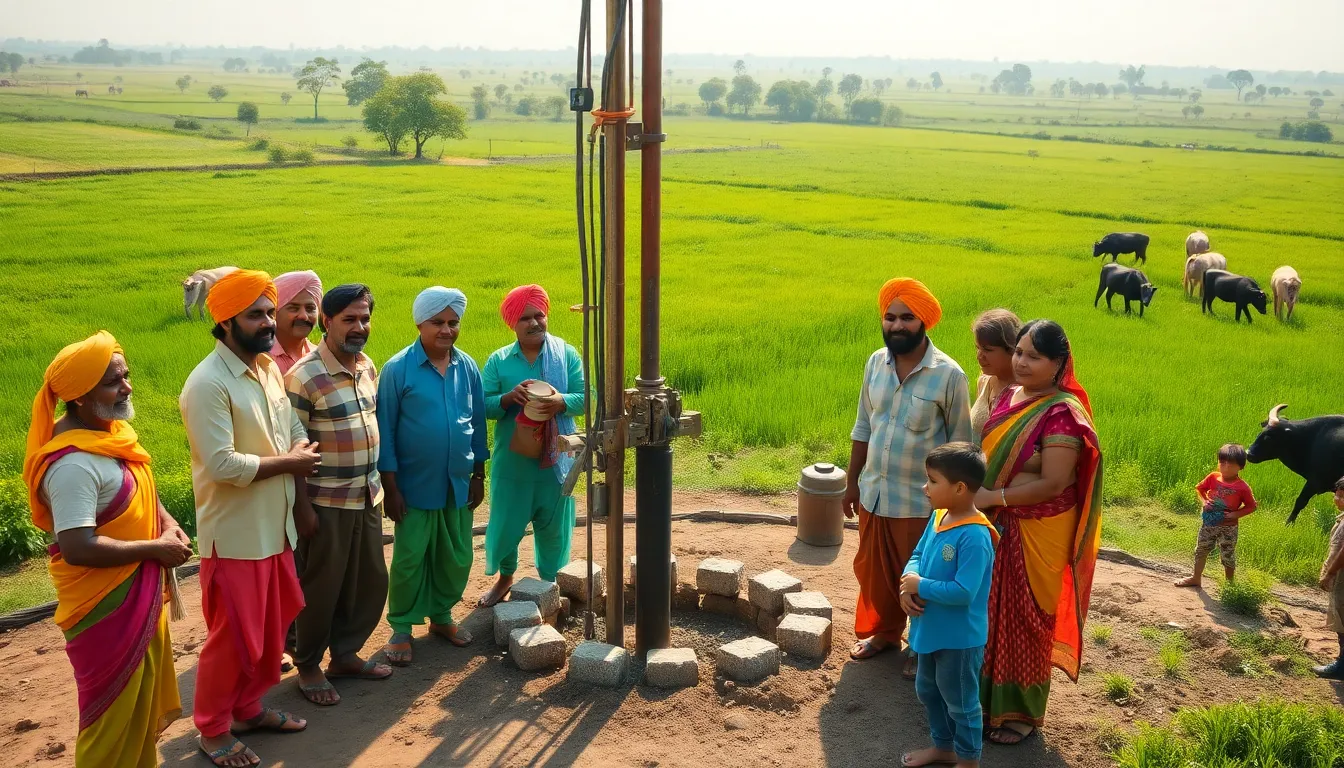Borewell drilling is a key solution for accessing groundwater in India, especially in areas where surface water is limited. This guide aims to provide clarity on the costs involved in borewell drilling. Understanding these costs can help individuals, farmers, and businesses plan effectively for their water needs.
The first question that often arises is: How much does a borewell cost? The answer varies based on several factors. These include the location, depth, soil type, and the method used for drilling. Common depths for borewells range from 100 to over 600 feet. Generally, costs are structured as follows:
– For shallow borewells (up to 150 feet), costs range from ₹50 to ₹100 per foot.
– Medium depth borewells (150 to 300 feet) can cost between ₹100 and ₹200 per foot.
– Deep borewells (300 feet and above) typically range from ₹200 to ₹400 per foot.
In addition to drilling costs, there are various other expenses to keep in mind. For instance, the installation of casing pipes and pumping systems can add to the total cost. Casing pipes prevent the borewell walls from collapsing and can be made from materials like PVC or steel, each with different price points.
It’s also important to consider maintenance costs. Once a borewell is drilled, regular maintenance is necessary to ensure its functionality. Annual maintenance costs can range from ₹5,000 to ₹10,000. This can include servicing the pump and checking for any issues that may arise.
When planning to drill a borewell, many factors can affect costs. Here are some tips to help keep expenses down:
1. Timing: Drilling during off-peak seasons can reduce service charges.
2. Geological Surveys: Conducting surveys can ensure that you drill in areas where water is more likely to be found, reducing the risk of a dry borewell.
3. Comparing Quotes: Get multiple quotes from various contractors to ensure you receive the best price and service.
4. Choosing the Right Method: Depending on the soil type, different drilling methods may be more cost-effective. For instance, hand drilling is cheaper for shallow depths while rotary drilling is more suitable for deeper wells.
Legal compliance is also crucial. In many regions, you need a government permit before drilling. Ensure you have all necessary approvals to avoid any fines or delays. Some states also offer subsidies for borewell drilling, which can significantly lower costs for farmers and rural communities.
In conclusion, understanding the costs associated with borewell drilling is essential for effective planning. With the right information, individuals can make informed choices about their water supply needs. Always consult with experienced contractors and consider all aspects of borewell installation, from drilling to maintenance. This way, you can ensure a sustainable water source for your home or farm while managing expenses effectively.

